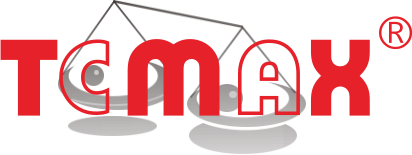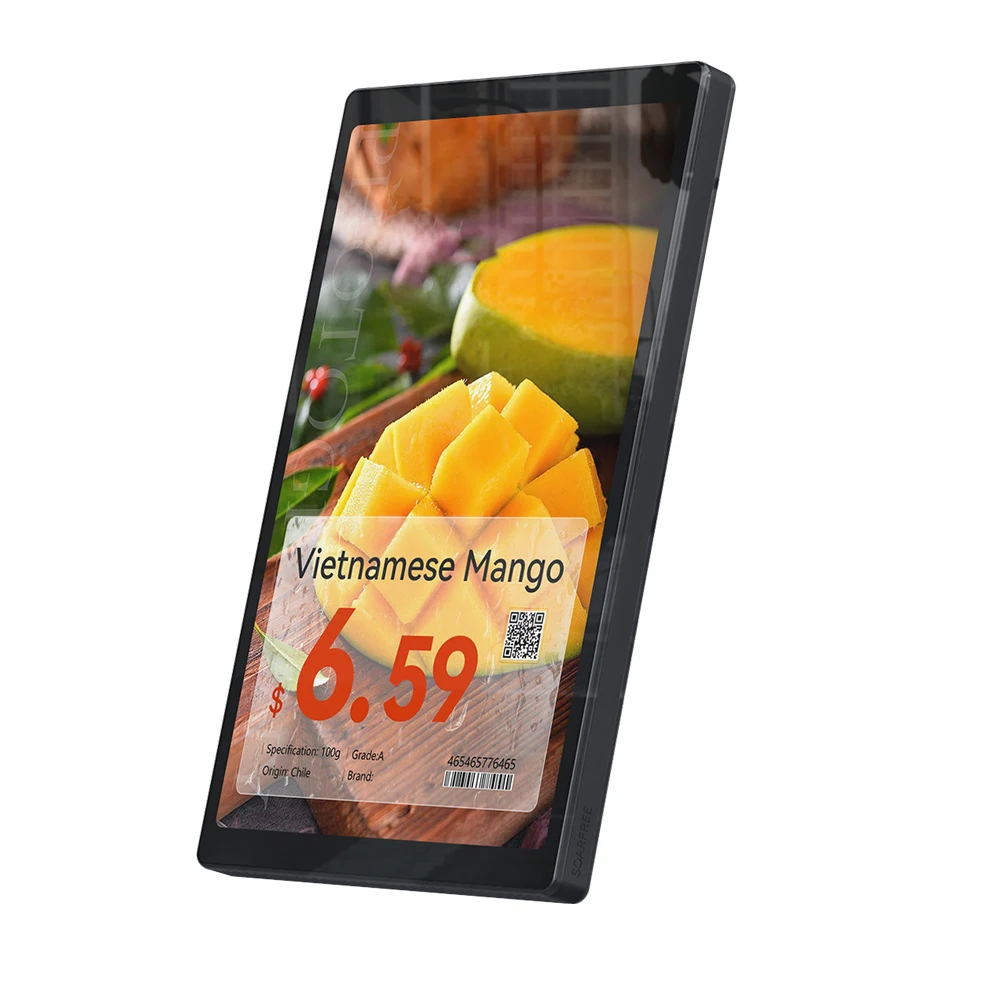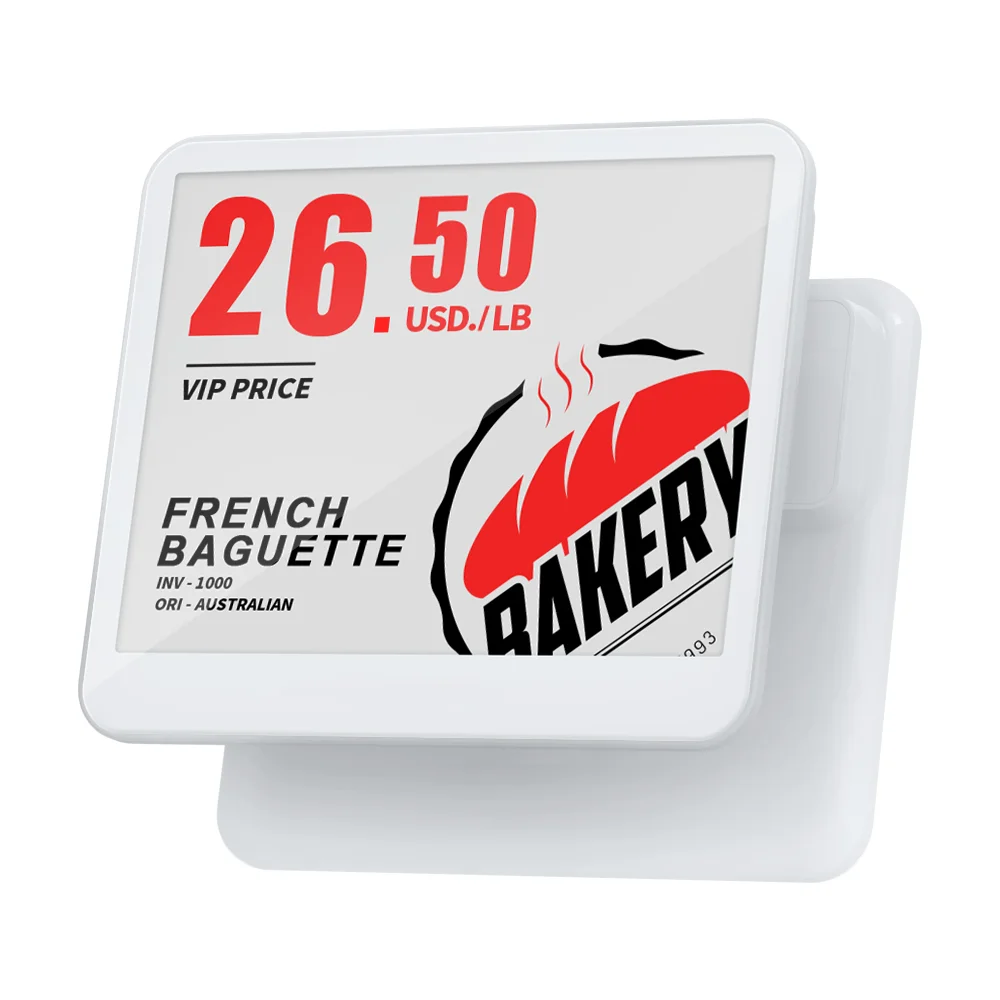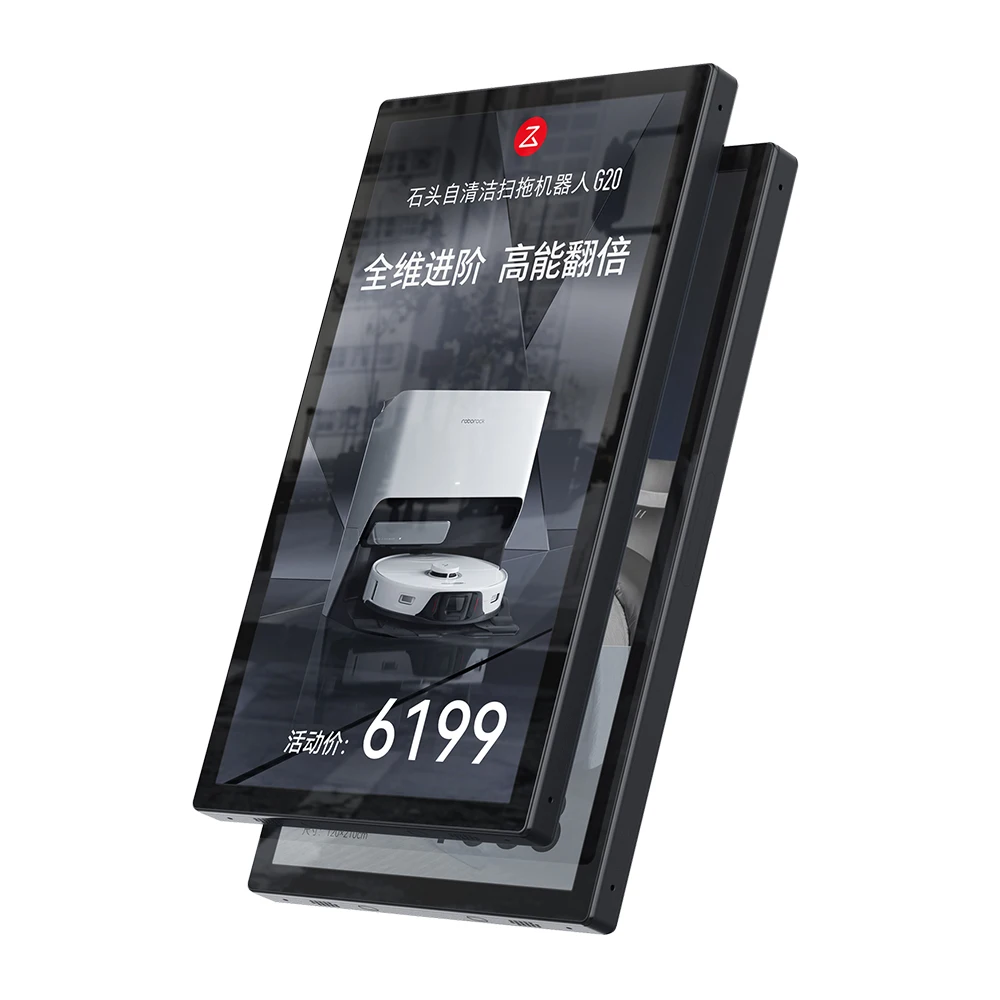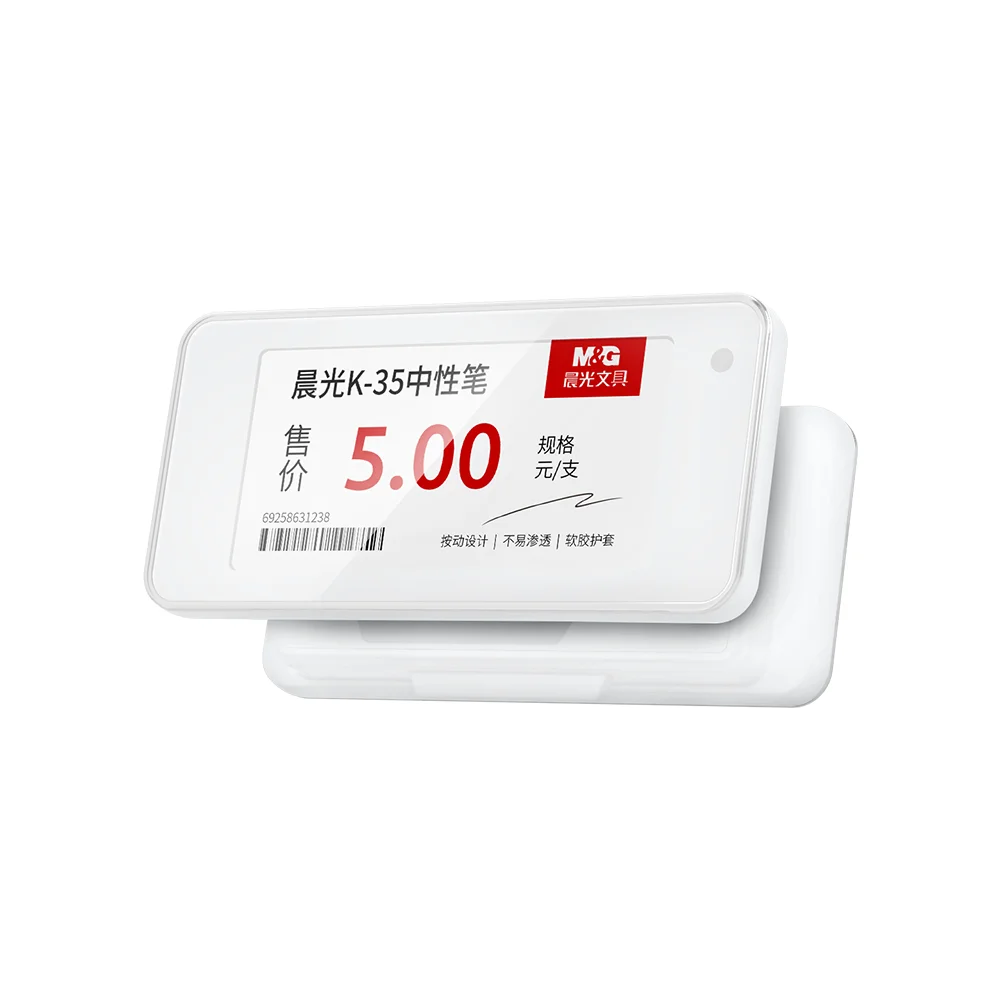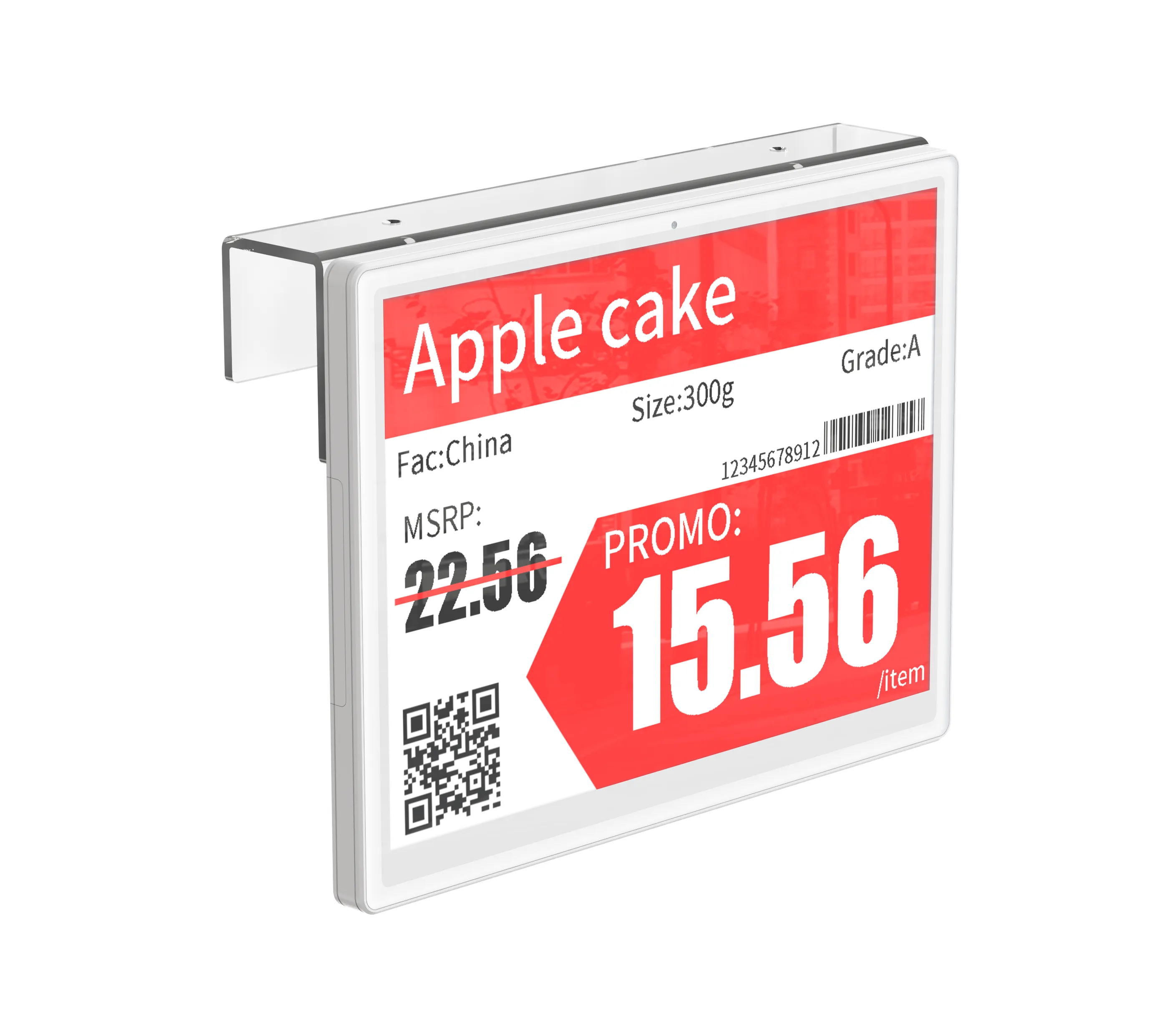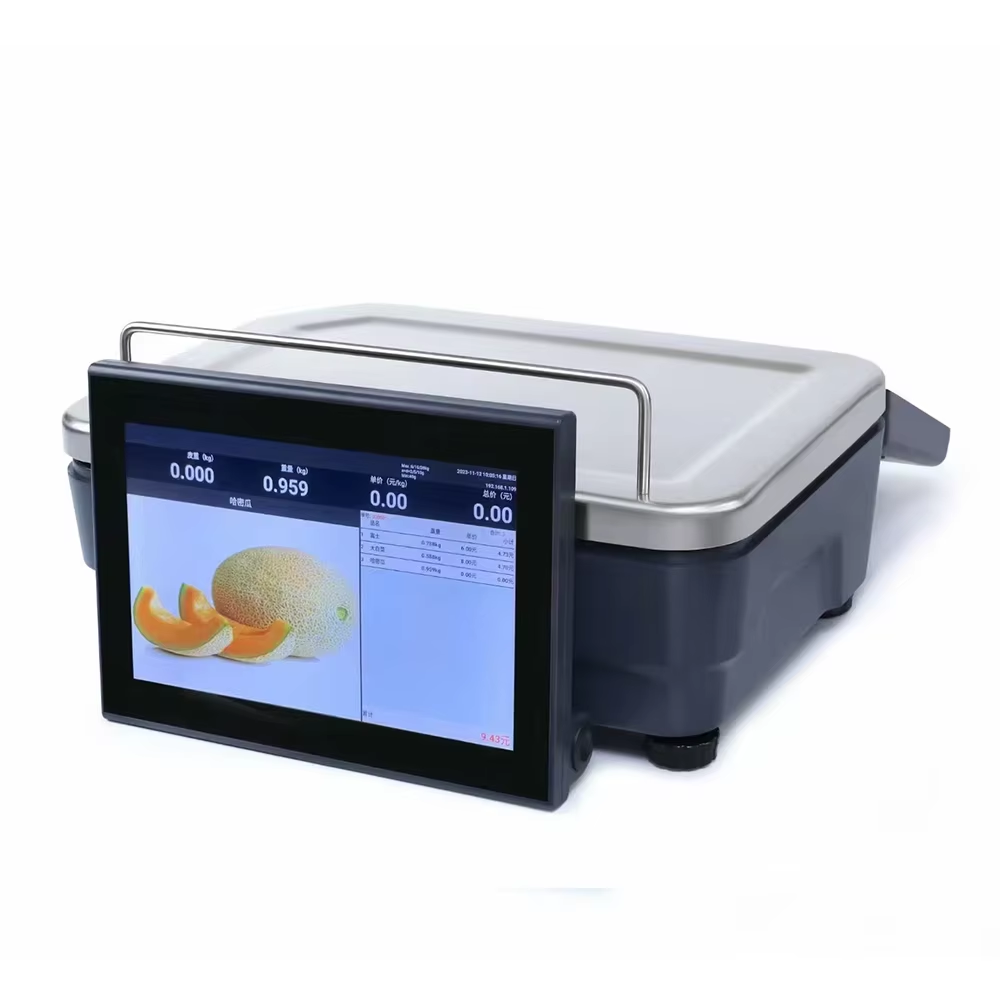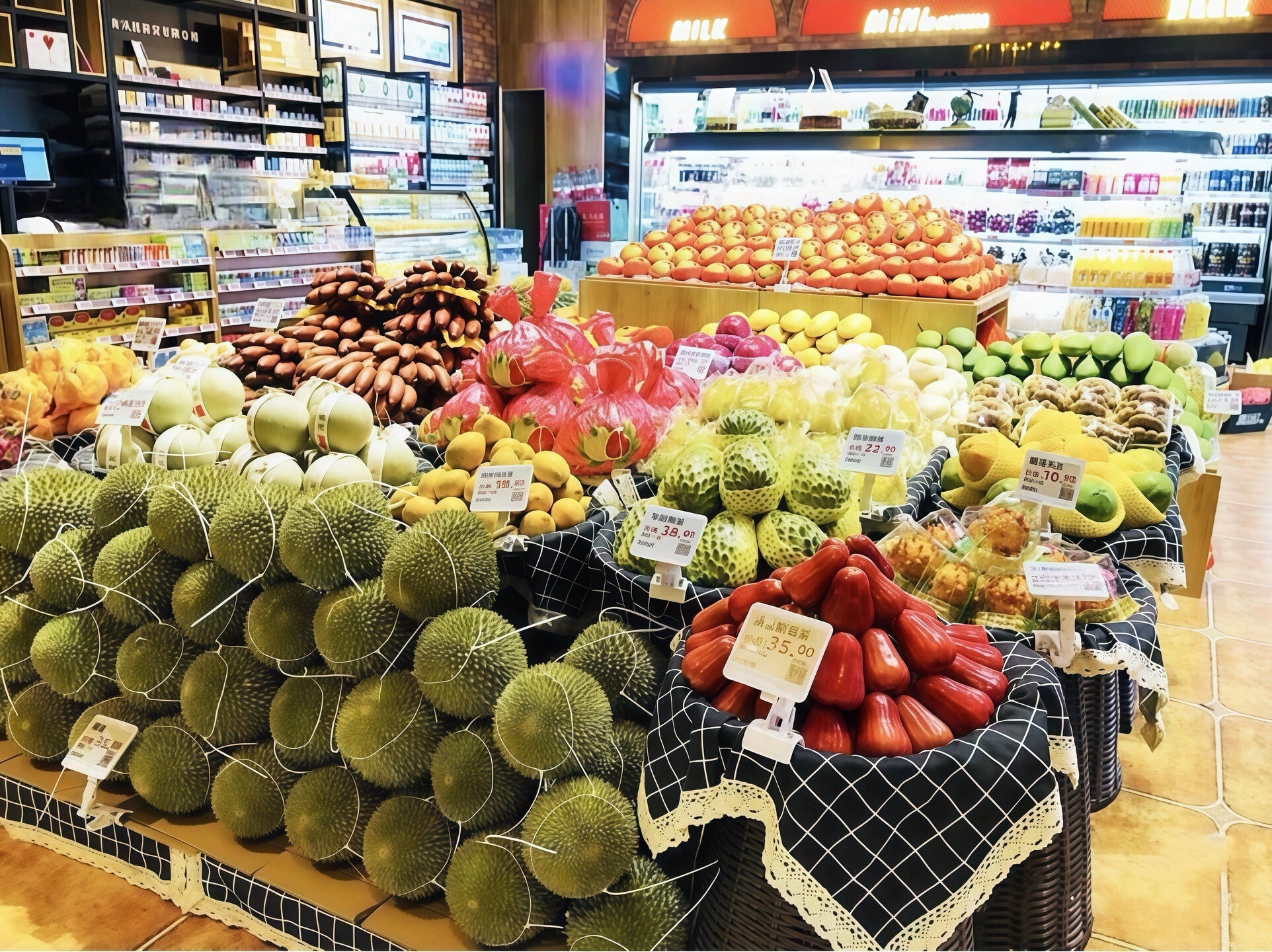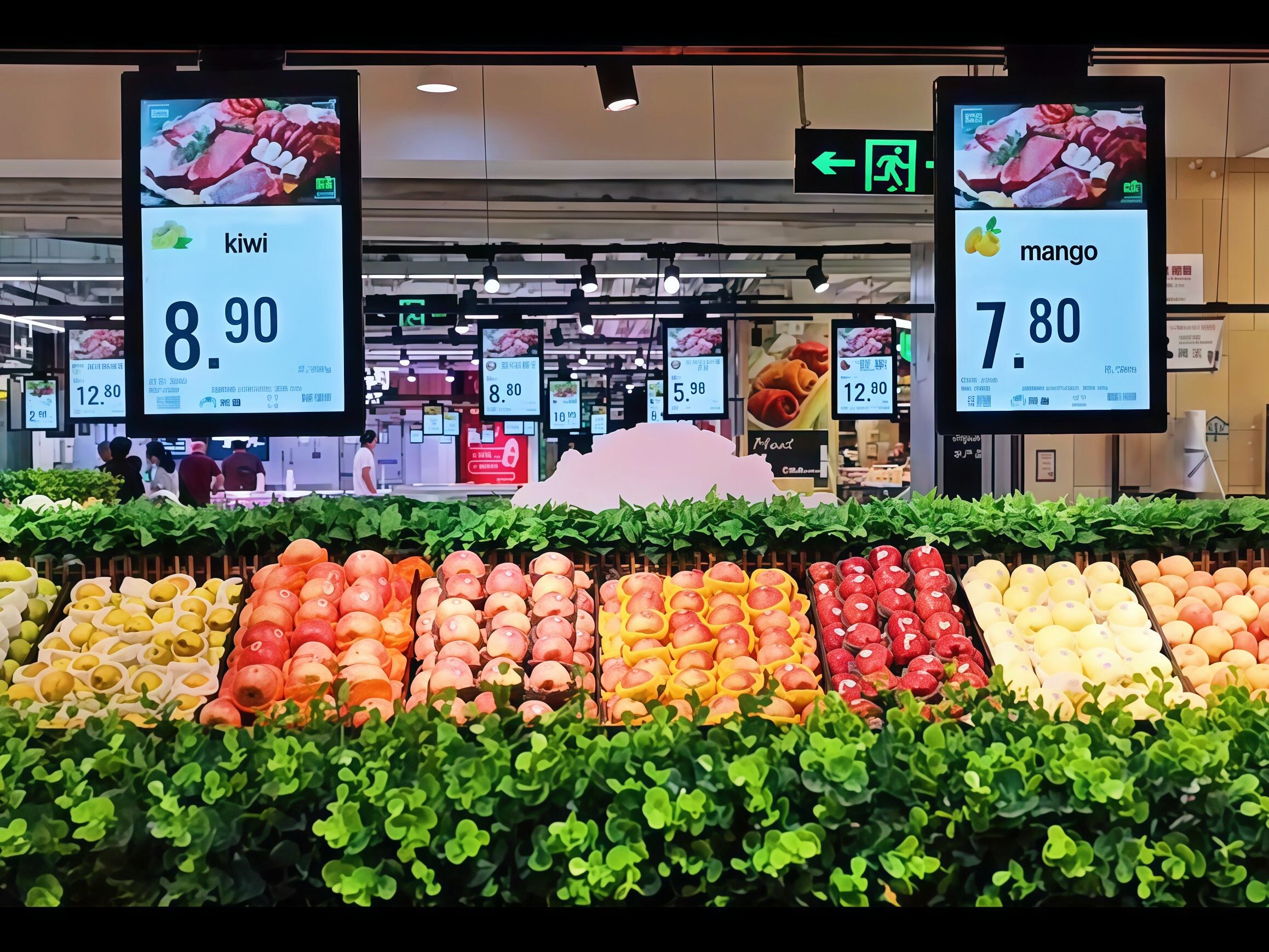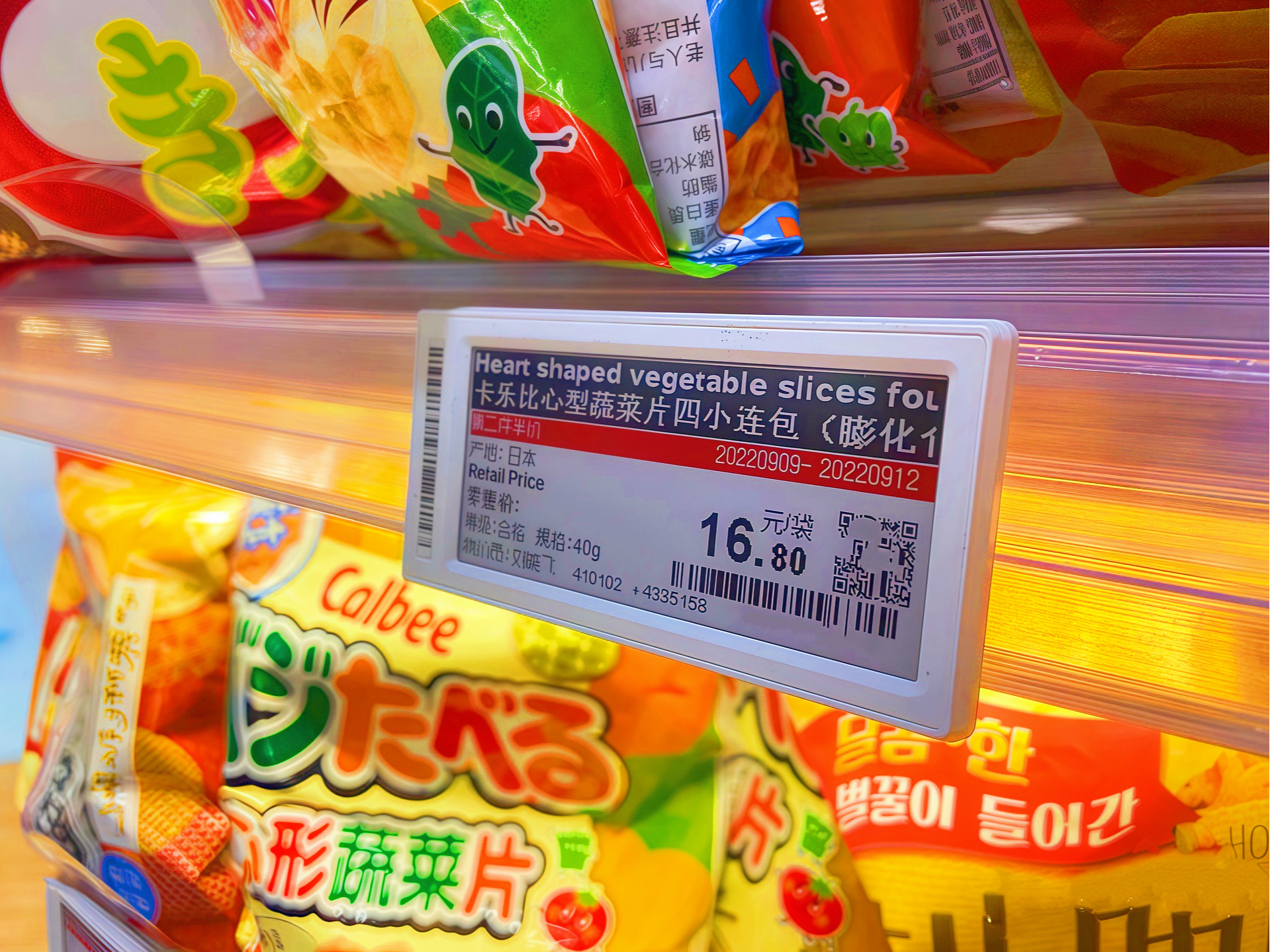digital shelf label systems
Digital shelf label systems represent a revolutionary advancement in retail technology, offering a sophisticated solution for dynamic pricing and product information display. These electronic displays seamlessly replace traditional paper price tags, utilizing wireless communication technology to update pricing and product information in real-time across entire store networks. The system comprises three main components: the electronic shelf labels themselves, a wireless communication infrastructure, and centralized management software. The labels feature high-contrast e-paper displays that ensure clear visibility while consuming minimal power, often operating for years on a single battery. These displays can show not only prices but also additional information such as stock levels, promotional offers, product origins, and nutritional information for food items. The wireless communication system enables instant updates to thousands of labels simultaneously, while the management software provides an intuitive interface for controlling pricing strategies and monitoring system performance. Modern digital shelf labels often incorporate NFC technology for enhanced customer interaction and can integrate with existing inventory management and point-of-sale systems. This technology has found widespread application across various retail sectors, from supermarkets and electronics stores to pharmacies and fashion retailers, fundamentally transforming how businesses manage their pricing and product information.
